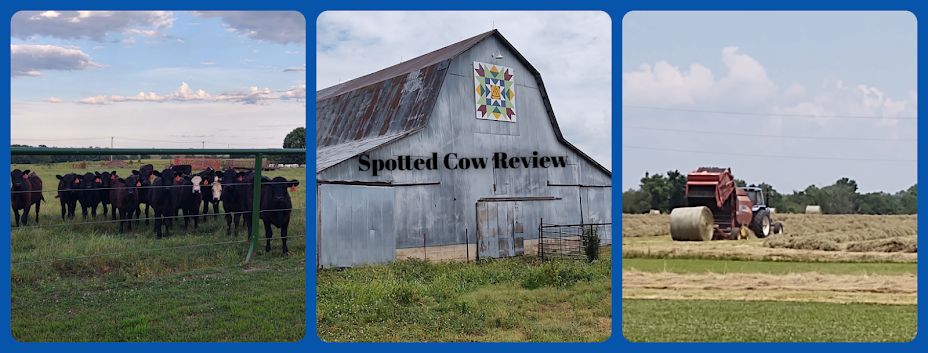
Although dairy style cow vacations happen all through the year on our farm, summer is a good time for a dairy cow to be on a resting vacation from milking due to the stress of Arkansas summer heat and humidity. After pregnancy is confirmed by our veterinarian, the cow will be turned dry for this resting vacation two months before the expected due date. On the turn dry day, the cow is milked and her four quarters (teats) are treated with preventive medication to protect from bacterial environmental infection. The cow is then removed from the milking herd, fed a special balanced and nutritious diet during the dry cow period, and allowed to rest in the pasture with other expectant cows.
After the cow has her calf, her resting vacation is over and she will return to the milking herd rested and ready to provide high-quality milk. Due to being treated with medication at turn-dry time, her milk is discarded until the milk is tested negative for medication. It's a fact that milk and dairy products are among the most highly regulated foods available.
Dairy style vacation is part of our ongoing commitment to providing high-quality milk by taking good care of our cows.
Hope you're having a dairy good vacation!




